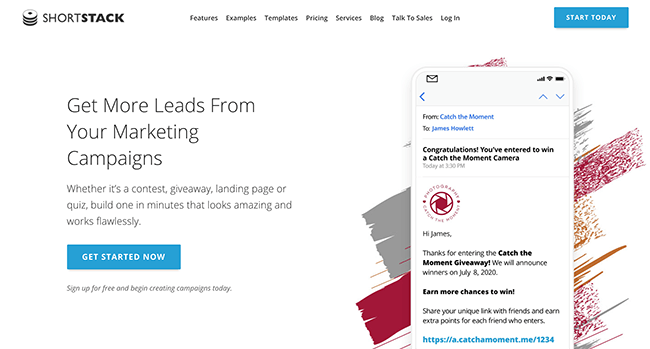
Introduction
In today’s competitive business landscape, companies constantly seek opportunities to boost their profits and gain a competitive edge. One such company is Next, a renowned player in the retail industry. Next recently announced an optimistic revision of their profit outlook, citing two key factors: improved weather conditions and wage hikes for consumers. This article delves into the significance of these developments, highlighting how they contribute to Next’s success in an ever-evolving market.
Weather’s Impact on Next’s Profitability
1. Weather-Dependent Consumer Behavior
Weather conditions have a significant impact on consumer behavior, particularly in industries such as fashion retail. Next acknowledges this fact and recognizes the potential of favorable weather in driving increased sales. When the weather is pleasant, individuals are more inclined to venture outside, leading to higher footfall in retail stores. With Next’s extensive range of clothing and accessories, a rise in footfall directly translates to a greater likelihood of increased sales.
2. Seasonal Merchandise Sales
Next strategically aligns its product offerings with seasonal changes to cater to consumer preferences. Improved weather conditions often coincide with specific seasons, such as spring and summer, when individuals seek clothing suitable for warmer temperatures. By accurately predicting weather patterns and adapting their inventory accordingly, Next can optimize their profits by ensuring they have the right products available at the right time.
3. Reduced Operational Costs
Extreme weather conditions, such as heavy rainfall or snowstorms, can disrupt supply chains and impact a company’s operational efficiency. Next, being aware of this, benefits from better weather conditions that minimize such disruptions. With smoother operations, the company can streamline its supply chain, reduce costs, and ultimately improve profit margins.
Consumer Wage Hikes: A Catalyst for Next’s Success
1. Increased Disposable Income
Consumer wage hikes play a crucial role in boosting Next’s profitability. When consumers earn higher wages, their disposable income increases, allowing them to allocate more funds towards discretionary spending, including clothing purchases. As Next offers a diverse range of trendy and affordable fashion options, consumers with greater purchasing power are more likely to choose Next as their preferred retail destination.
2. Enhanced Customer Loyalty
Wage hikes not only benefit consumers but also foster a sense of loyalty towards the brand. When employees receive salary increases, they often associate their improved financial situation with the company they work for. As a result, these employees are more inclined to support Next by becoming loyal customers. This increase in customer loyalty leads to repeat business, higher customer lifetime value, and an overall positive impact on Next’s bottom line.
3. Market Expansion Opportunities
With consumers experiencing wage hikes, Next also gains the potential to tap into new markets. As individuals have more disposable income, they may explore new shopping options, including brands they haven’t previously considered. By effectively targeting these newly emerging consumer segments, Next can expand its customer base and extend its reach, thereby driving further growth and profitability.

Conclusion
Next’s decision to revise their profit outlook on the grounds of improved weather conditions and consumer wage hikes reflects their astute understanding of the market dynamics. By capitalizing on favorable weather patterns, Next can drive higher sales and reduce operational costs, resulting in improved profit margins. Similarly, consumer wage hikes provide a boost to the company’s revenue by increasing disposable income, fostering customer loyalty, and opening doors to new markets. As Next continues to leverage these factors to their advantage, they position themselves as a prominent player in the competitive retail industry





